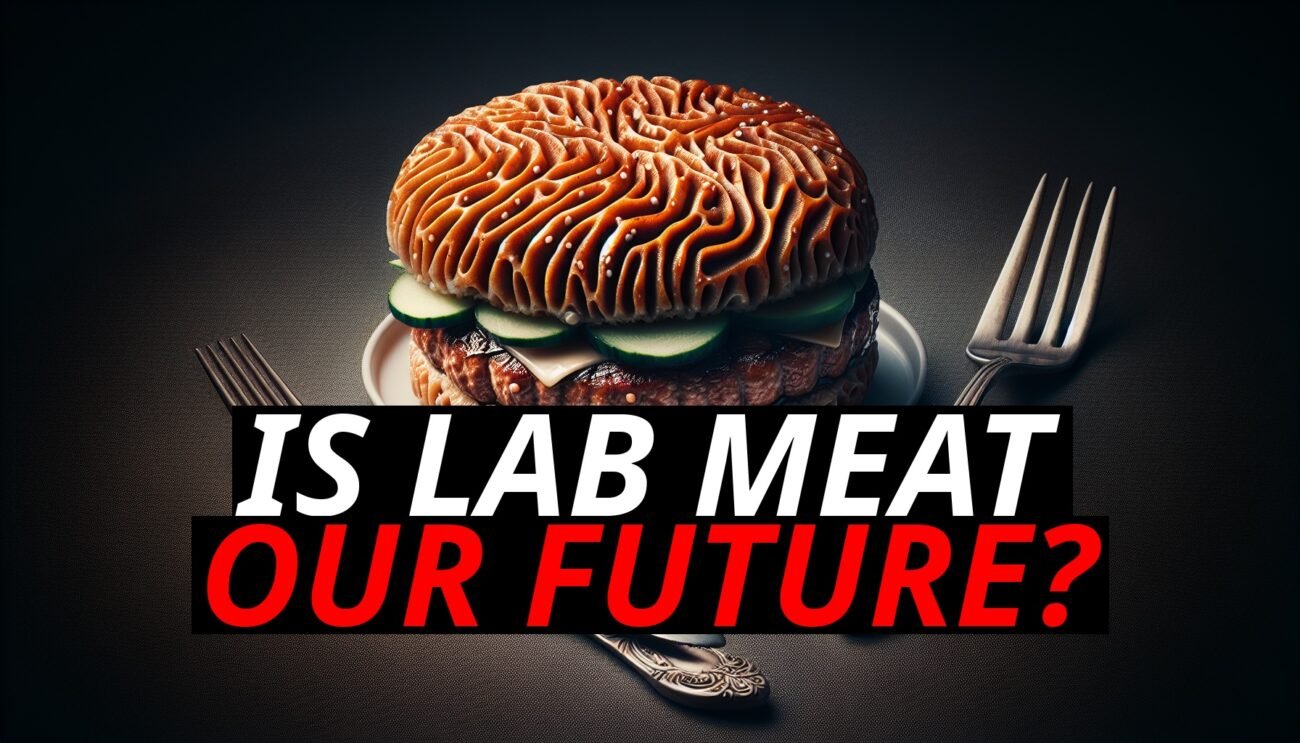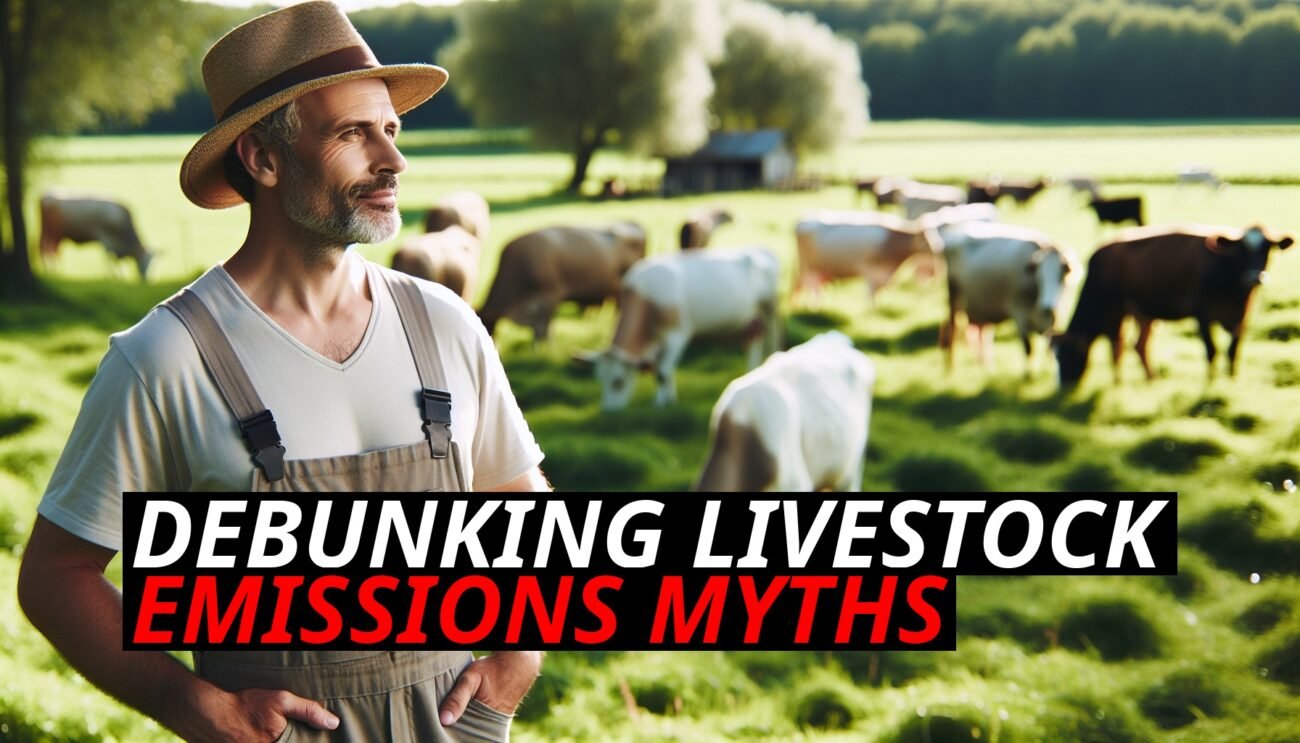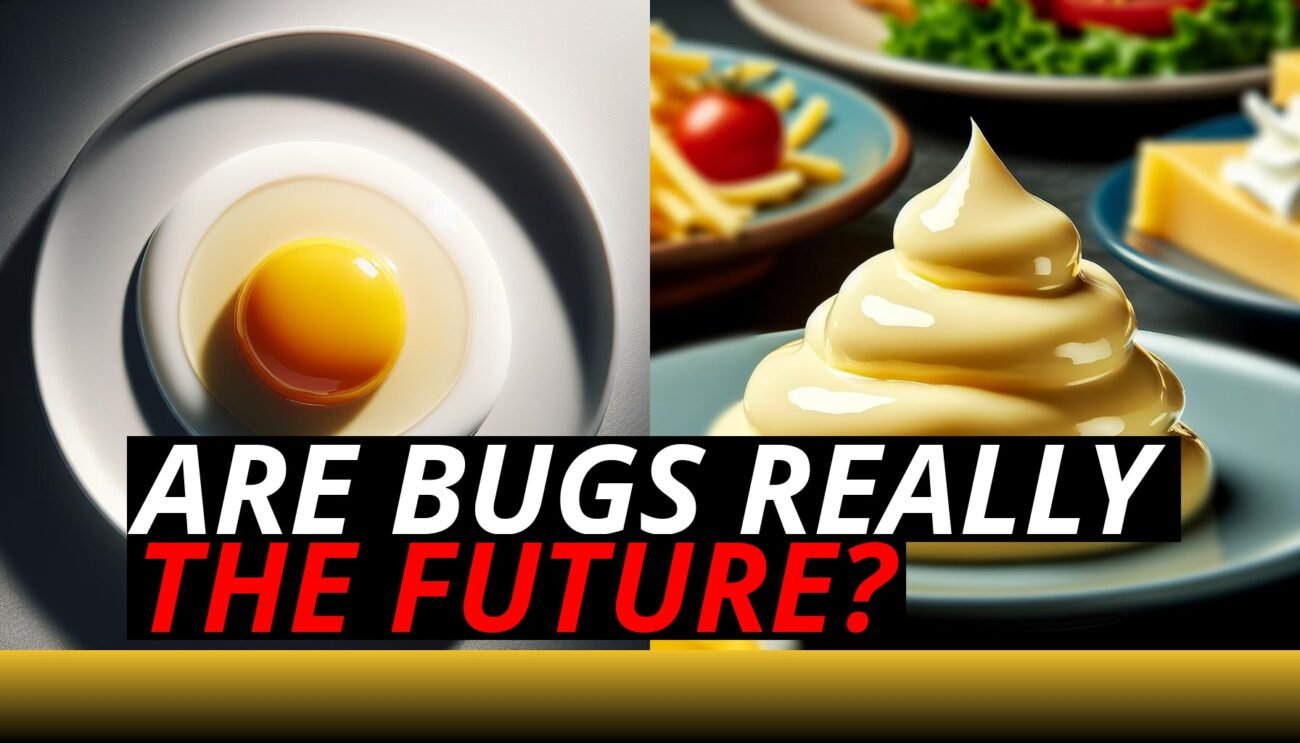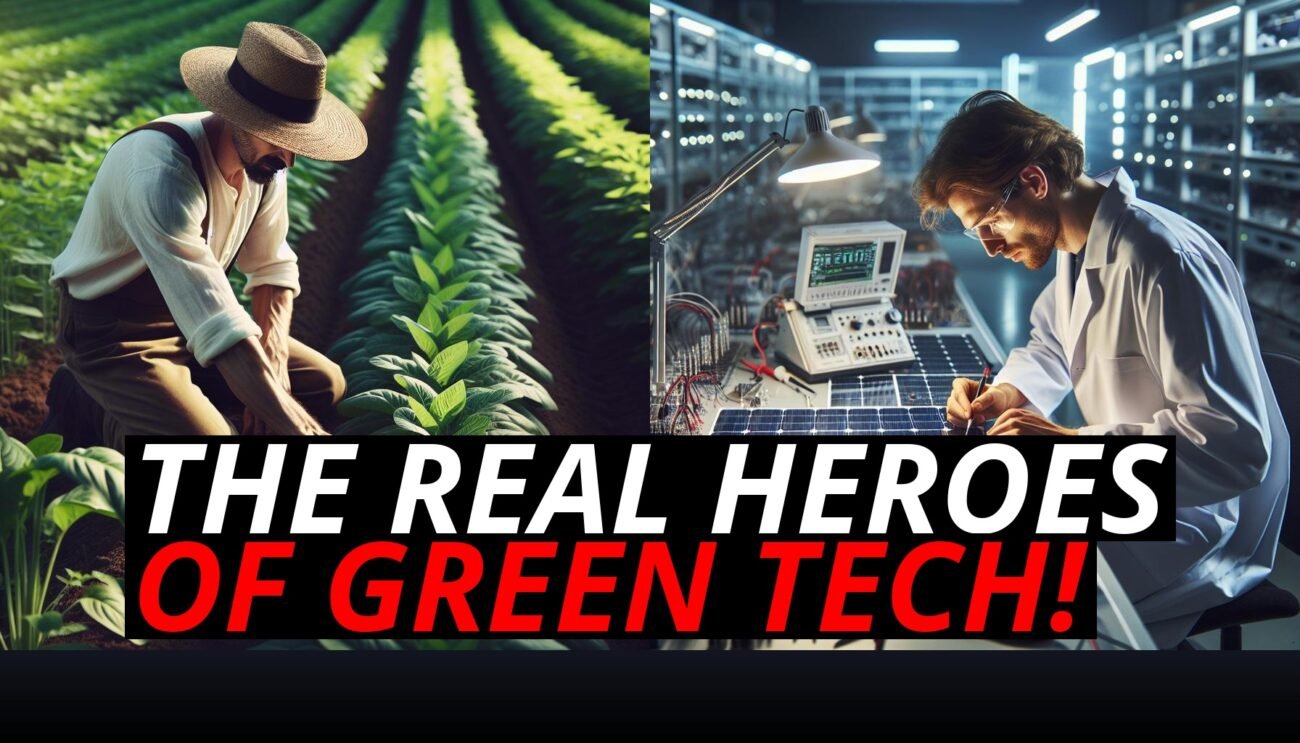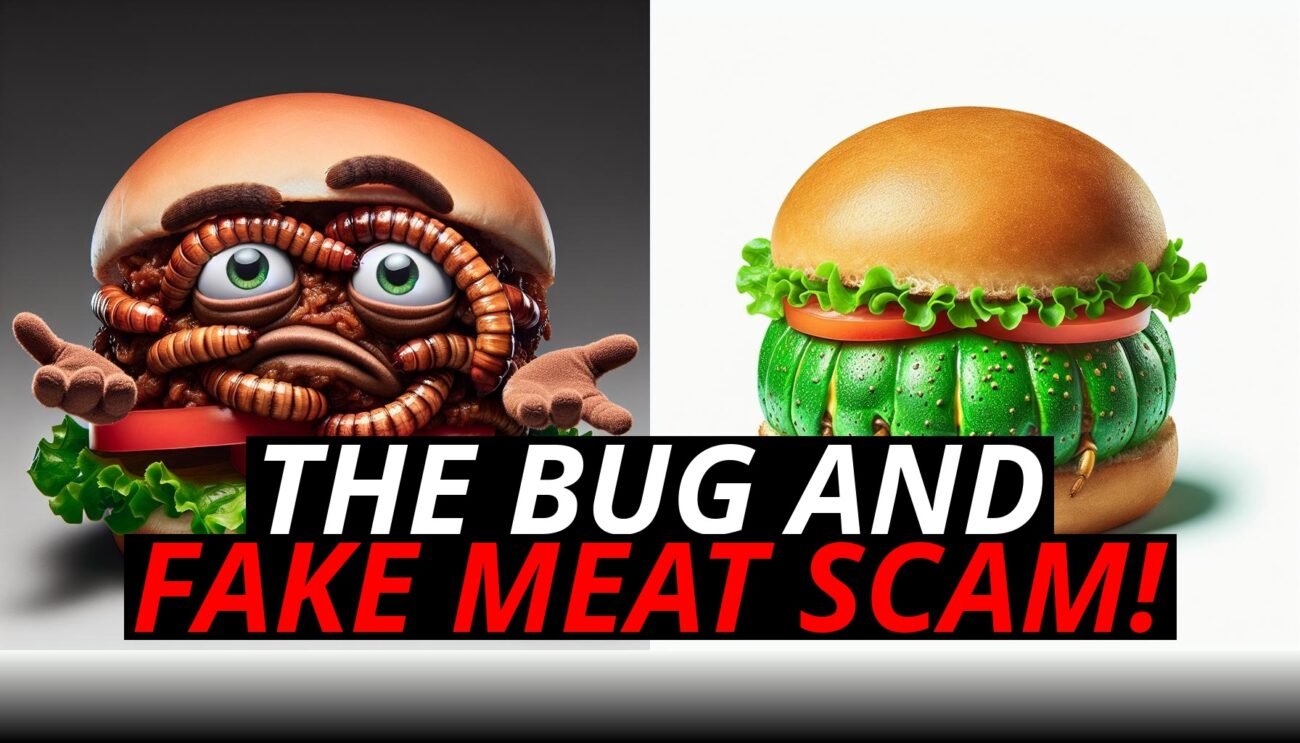Picture a boat gliding effortlessly across the surface of a lake. It moves without disturbing the water, leaving no trace of its passage. Now imagine grazing animals moving across a landscape in the same way—floating lightly on the land. This metaphor captures the reality of well-managed grazing, which, far from depleting the land, actually enhances it. Unlike intensive crop farming that can strip the soil of nutrients and harm ecosystems, grazing animals, when managed correctly, can improve soil health, biodiversity, and ecosystem function.
Let’s explore how grazing animals “float” across the land, improving it through natural behaviors like fertilizing and selective grazing, and why this is so different from the impact of crops.
Grazing Animals: Light As Ships On Water
Grazing animals—cows, sheep, goats, and others—don’t destroy the land they feed on. Instead, they interact with it in a way that supports natural cycles. Like a ship floating on water, grazing animals graze lightly, moving across pastures without permanently altering or depleting the ecosystem. They nibble on plants, stimulate new growth, and move on, leaving behind a landscape that’s healthier than when they arrived.
This happens because grazing animals naturally:
- Prevent Overgrowth: By feeding on grasses and plants, animals keep vegetation in check. Without grazing, grasslands can become overgrown, which smothers smaller plant species and reduces biodiversity. Grazing keeps these ecosystems balanced.
- Stimulate Plant Growth: As animals graze, they don’t just remove vegetation—they actually stimulate plants to regrow stronger. Much like pruning a plant can make it flourish, grazing triggers new growth, helping to maintain a thriving and diverse ecosystem.
Through this process, grazing animals don’t exhaust the land. Instead, they float across it, maintaining and often improving the health of the landscape.
Fertilizing The Land: Animals As Natural Recyclers
One of the most beneficial aspects of grazing animals is their role as natural recyclers. While they graze, they leave behind manure, which acts as a natural fertilizer. This manure enriches the soil with organic matter and nutrients, helping to build soil fertility and structure.
Here’s how animals naturally fertilize the land:
- Organic Matter: Manure from grazing animals adds essential nutrients like nitrogen and phosphorus back into the soil. These nutrients feed soil microbes and help plants grow healthier and stronger.
- Soil Structure: The addition of organic matter from manure improves the soil’s structure, making it better able to retain moisture and resist erosion. Healthy soil with good structure is also better at storing carbon, making grazing animals a key ally in fighting climate change.
- Nutrient Cycling: As animals graze, they recycle the nutrients contained in the plants they eat, returning them to the soil through their manure. This natural nutrient cycling helps maintain the productivity of the land without the need for synthetic fertilizers, which are commonly used in crop farming and can lead to pollution.
In contrast, intensive crop farming often depletes the soil of nutrients, requiring the addition of chemical fertilizers to keep crops growing. These fertilizers can run off into waterways, leading to pollution and damaging nearby ecosystems. Grazing animals, by comparison, help build healthy soil through natural processes.
Selective Grazing: Encouraging Biodiversity
Grazing animals don’t eat everything in their path. They are selective feeders, choosing specific plants to graze on while leaving others untouched. This selective grazing can promote biodiversity by allowing a variety of plants to thrive.
Here’s how selective grazing works:
- Encouraging Plant Variety: When animals selectively graze on certain species of plants, they allow other plants to grow and spread. This creates a more diverse mix of plant life, which supports a wider range of wildlife, from insects and birds to small mammals.
- Maintaining Open Spaces: In grassland ecosystems, grazing animals help keep areas open by feeding on fast-growing grasses. This prevents these grasses from taking over the landscape, which can otherwise crowd out other species and reduce overall biodiversity.
In comparison, monoculture crop farming—where large areas are planted with a single crop—leads to a decline in plant diversity. These monocultures create an environment where only one species of plant is dominant, leaving little room for other species to survive. Grazing animals, on the other hand, create a patchwork of different plant species, supporting a richer and more resilient ecosystem.
Grazing And Soil Health: A Natural Tilling System
Grazing animals play a crucial role in improving soil health by acting as a natural tilling system. Their hooves break up the soil’s surface, which helps aerate it and allows water to penetrate deeper into the ground. This process is known as hoof action, and it can improve the soil’s ability to retain moisture, making the land more resilient to droughts.
Key benefits of hoof action include:
- Improved Water Retention: As animals move across the land, their hooves create small depressions in the soil, allowing rainwater to soak in rather than run off. This improves the land’s ability to retain water, reducing the risk of drought and promoting healthier plant growth.
- Preventing Erosion: By maintaining a healthy plant cover and breaking up compacted soil, grazing animals help prevent soil erosion. This is crucial for protecting the land from being washed away during heavy rains, which can strip the soil of its nutrients and fertility.
In contrast, crop farming often relies on mechanical tilling, which can degrade soil structure over time. Tilling machines can compact the soil, reduce its ability to absorb water, and contribute to erosion. Grazing animals, by comparison, enhance the soil naturally, without the need for machinery or chemical inputs.
Crop Farming: A Heavy Hand On The Land
While grazing animals “float” across the land, crop farming often has a much heavier impact. Growing crops, especially in large monocultures, requires intensive land use that can deplete the soil and harm ecosystems.
Some of the ways crop farming depletes the land include:
- Soil Depletion: Growing the same crops year after year without rotating them depletes the soil of essential nutrients. This forces farmers to rely on synthetic fertilizers, which can pollute the environment and degrade soil health over time.
- Pesticides and Herbicides: To protect crops from pests and weeds, farmers often use large amounts of pesticides and herbicides. These chemicals can harm beneficial insects, like pollinators, and contaminate the surrounding environment, leading to loss of biodiversity.
- Erosion: Without the protective cover of diverse plant life, crop fields are vulnerable to soil erosion. Heavy rains can wash away the topsoil, reducing the land’s fertility and leading to long-term degradation of the ecosystem.
In comparison, grazing animals enhance the land by promoting plant growth, building healthy soil, and maintaining biodiversity. Their natural behaviors improve the environment rather than deplete it, making grazing a more sustainable option for managing land.
Conclusion: Grazing Animals As Environmental Stewards
Grazing animals, much like ships floating on water, interact with the land in ways that improve its health rather than deplete it. Through natural behaviors like fertilizing, selective grazing, and soil aeration, these animals help maintain the balance of ecosystems and support biodiversity. In contrast, intensive crop farming often leaves the land worse off, with depleted soils, eroded landscapes, and reduced biodiversity.
By understanding the benefits of well-managed grazing, we can see that animals are not only part of the landscape but active stewards of the environment. When managed properly, grazing animals don’t just float across the land—they help it thrive.


